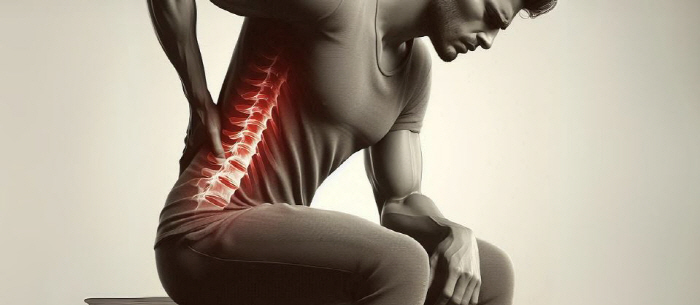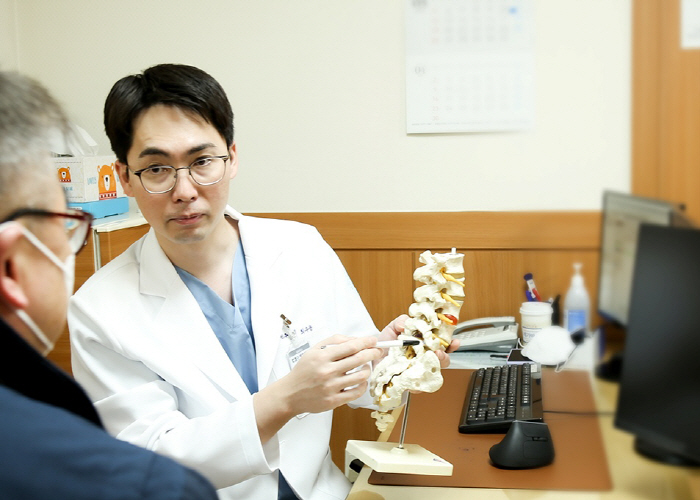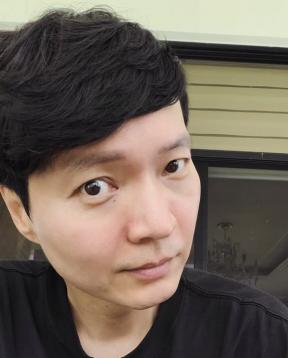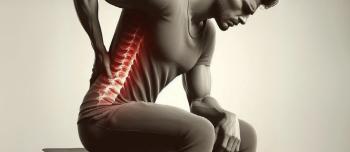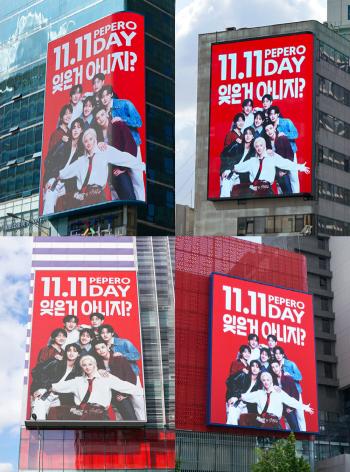Sting back after hiking, wasn't it a disc?
Oct 27, 2025
|
A lumbar disc is a disease caused by a soft disc called an intervertebral disc between vertebrae pushing back and compressing nerves, and is characterized by back pain and radiating pain that extends to the legs or feet. On the other hand, posterior spinal joint syndrome is a disease in which pain occurs when the posterior joint at the back of the vertebrae is worn or inflamed.
The posterior joint is a small joint that helps stabilize and move the spine smoothly like a door hinge, and if there is damage here, the pain becomes severe when the waist is tilted back, and the back or pelvis feels stiff or aching. In particular, it is characterized by stiff back in the morning, severe pain, and gradually easing as it moves, and pain can spread to the upper hips or thighs, but rarely goes down to the knee, making it distinct from a disc.
Climbing puts more pressure on the posterior spinal joint than walking flat. On the uphill road, the pressure on the posterior joint increases as the waist is slightly tilted back, and on the downhill road, the weight is shifted forward and the posterior joint is tense to raise the waist. If you carry a heavy backpack on top of this, your waist will bend more, increasing the burden.
When walking on flat land, about 1.2 times the impact of the weight is transmitted to the joints with each step, but on downhill roads, a load of 3 to 5 times the weight is loaded on the waist and joints. The more severe the slope and the heavier the backpack, the greater the impact, so reduce the speed by less than half on downhill roads and ensure that the backpack weight does not exceed 10% of its body weight. Fast speed or heavy backpacks can put a heavy burden on the posterior joint, worsening the pain.
Choi Soo-yong, director of the Vertebral Endoscopy Center at Ceran Hospital, said "In the early stages of hip joint syndrome, conservative treatments such as drug treatment and physical therapy are performed first. If the pain persists, it helps recovery by calming inflammation through injection treatment or improving blood flow through extracorporeal shock wave treatment. "Most posterior joint syndrome does not require surgery, but surgery can be considered limitedly if it is accompanied by spinal instability or stenosis."
Manager Choi Soo-yong emphasized that `Life habits management and waist stabilization exercises are the most important in preventing recurrence of hip joint syndrome.'"It is necessary to maintain proper weight, reduce speed on downhill roads when hiking, and increase waist stability through regular stretching and core muscle strengthening exercises.'
Autumn hiking is a good activity for health and healing, but care should be taken not to strain your back. If pain occurs when the waist is tilted back after hiking, it is desirable not to pass it over to simple muscle pain, but to receive accurate diagnosis and appropriate treatment with the possibility of posterior spinal joint syndrome in mind.
|
This article was translated by Naver AI translator.
